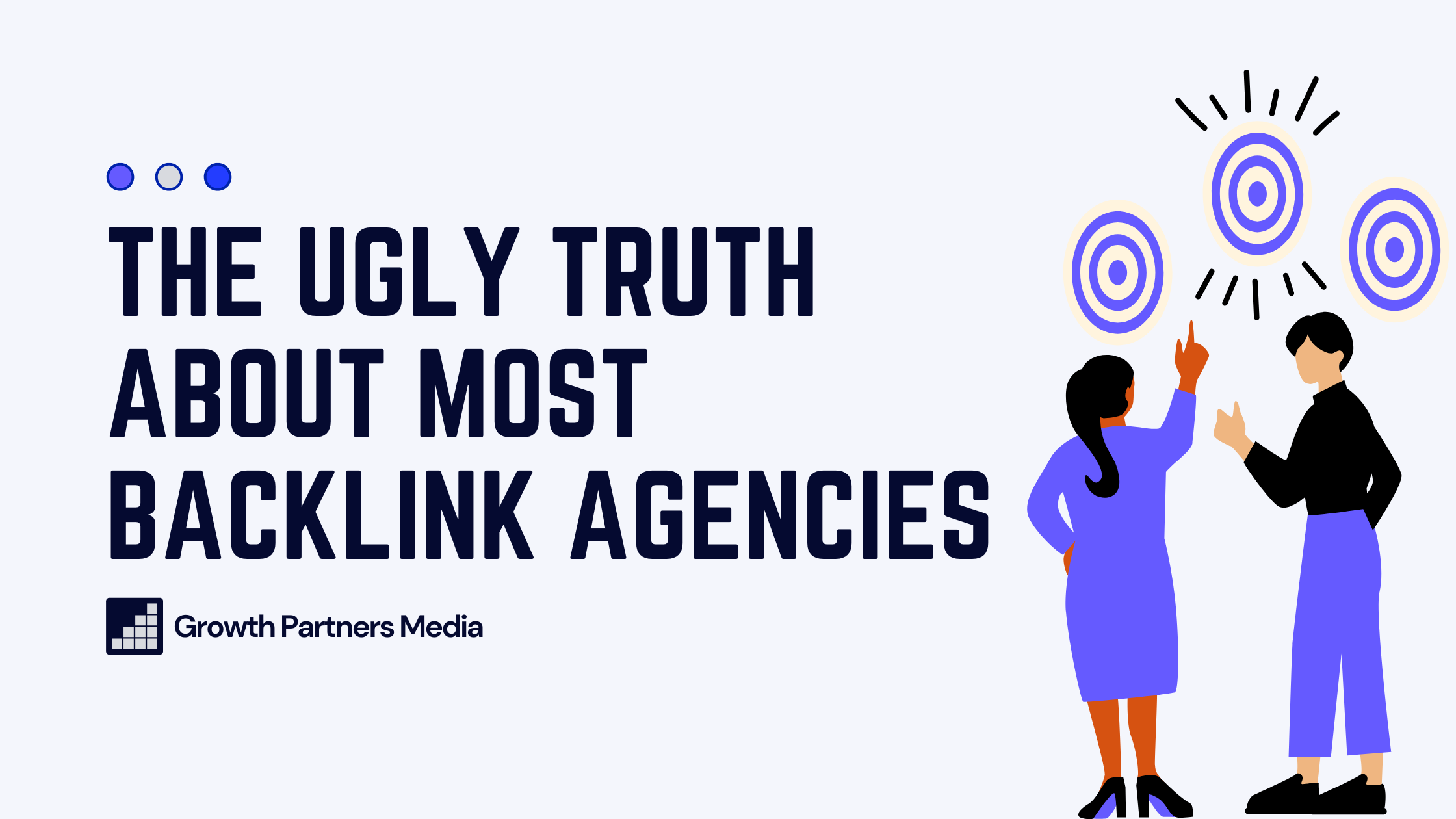Most backlink agencies don’t earn links — they buy them.
Usually, from the same low-quality marketplaces, you could find yourself with a few Google searches.
That might sound cynical, but we’ve seen it firsthand, again and again. Agencies promise white-hat link outreach. Strategic placements. Editorial relevance.
But under the hood? It’s resold inventory from vendor platforms that exist solely to sell backlinks.
- No real strategy.
- No editorial review.
- No trust.
Just recycled domains packed with generic content and inflated metrics.
It’s no wonder marketers feel burned.
You spend thousands. Rankings don’t move. ROI never shows up. And often, you’re left guessing why.
In this post, we’re pulling back the curtain.
You’ll learn:
- Why most backlink agencies follow the same broken model
- The telltale signs you’re being sold junk
- What quality link building actually looks like
- And how to protect your budget and brand from wasted spend
Let’s get into it.
The Reseller Model Most Agencies Rely On
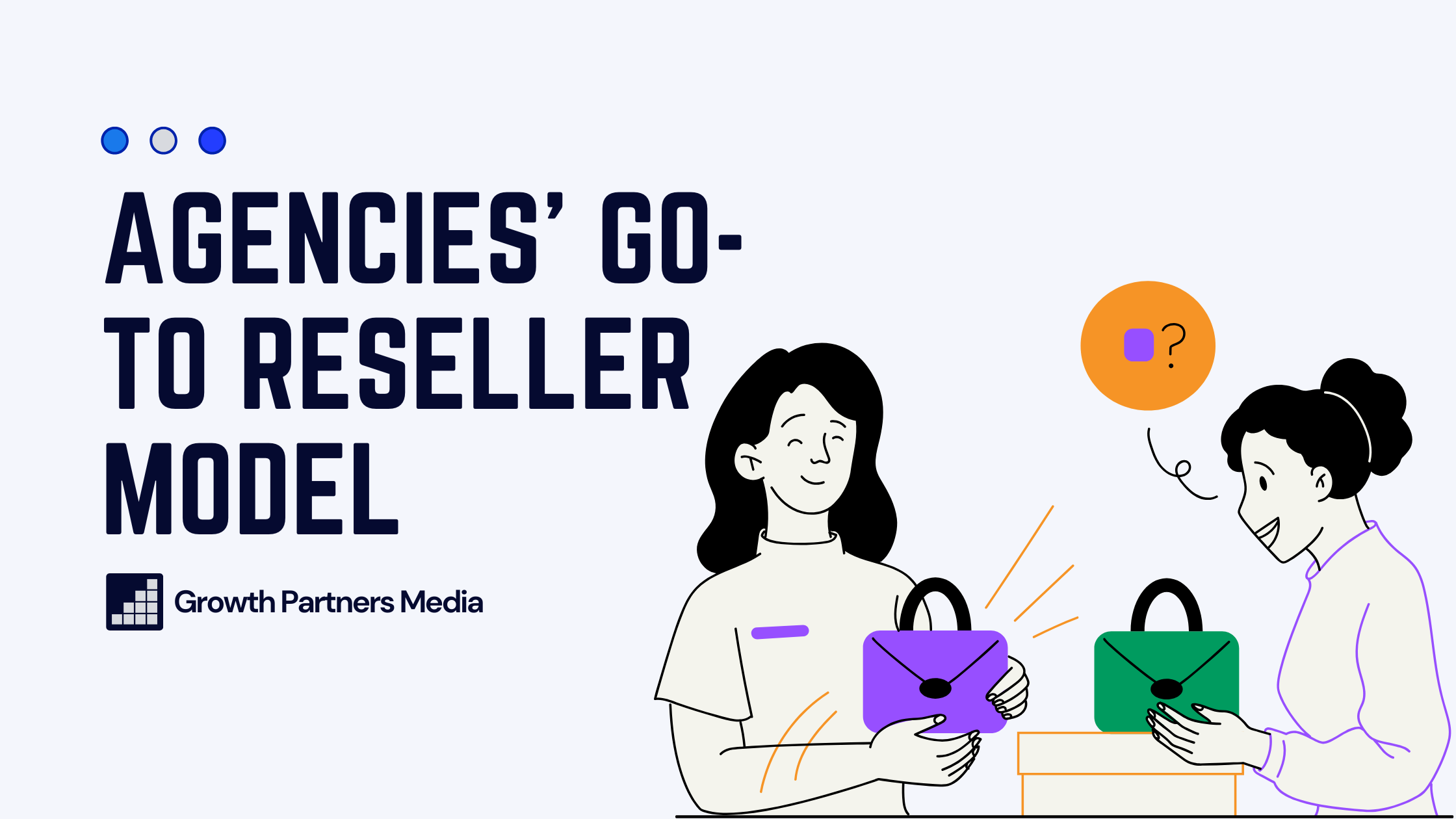
Here’s what most agencies won’t say out loud:
They’re not doing outreach.
They’re picking from the same public backlink databases anyone can access.
Specifically, they’re reselling inventory from backlink marketplaces that exist purely to sell links that hurt more than help.
These platforms offer a searchable database of sites that accept paid placements. The agency selects a few that match your DR requirements or niche, creates a post (usually AI-generated or outsourced for $20), and inserts your link.
But what they don’t tell you?
Most of these sites:
- Exist solely to sell backlinks — they’re not real publications
- Have inflated metrics — think DR 60+, but often with redirected backlinks from sketchy domains.
- Lack editorial standards — no vetting, no quality control, just fast placement for the right price
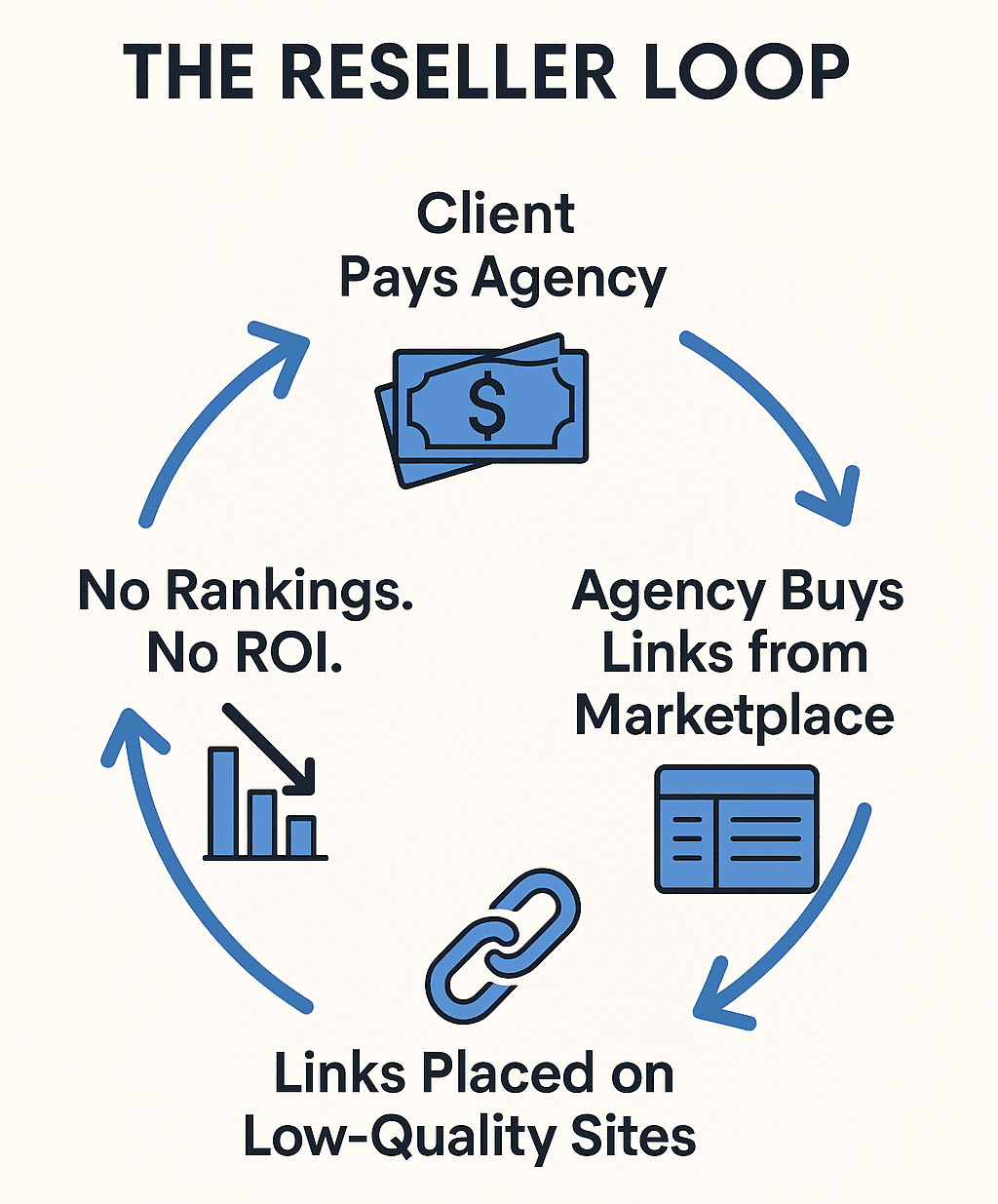
The result?
You get links that don’t move rankings, don’t build trust, and may even put your site at risk long-term.
Worst of all, many agencies mark these up 5–10x and have the cheek to call it “white-hat outreach”. Which is pretty insulting if you ask me!
What Real Link Building Looks Like (The Hard Way)
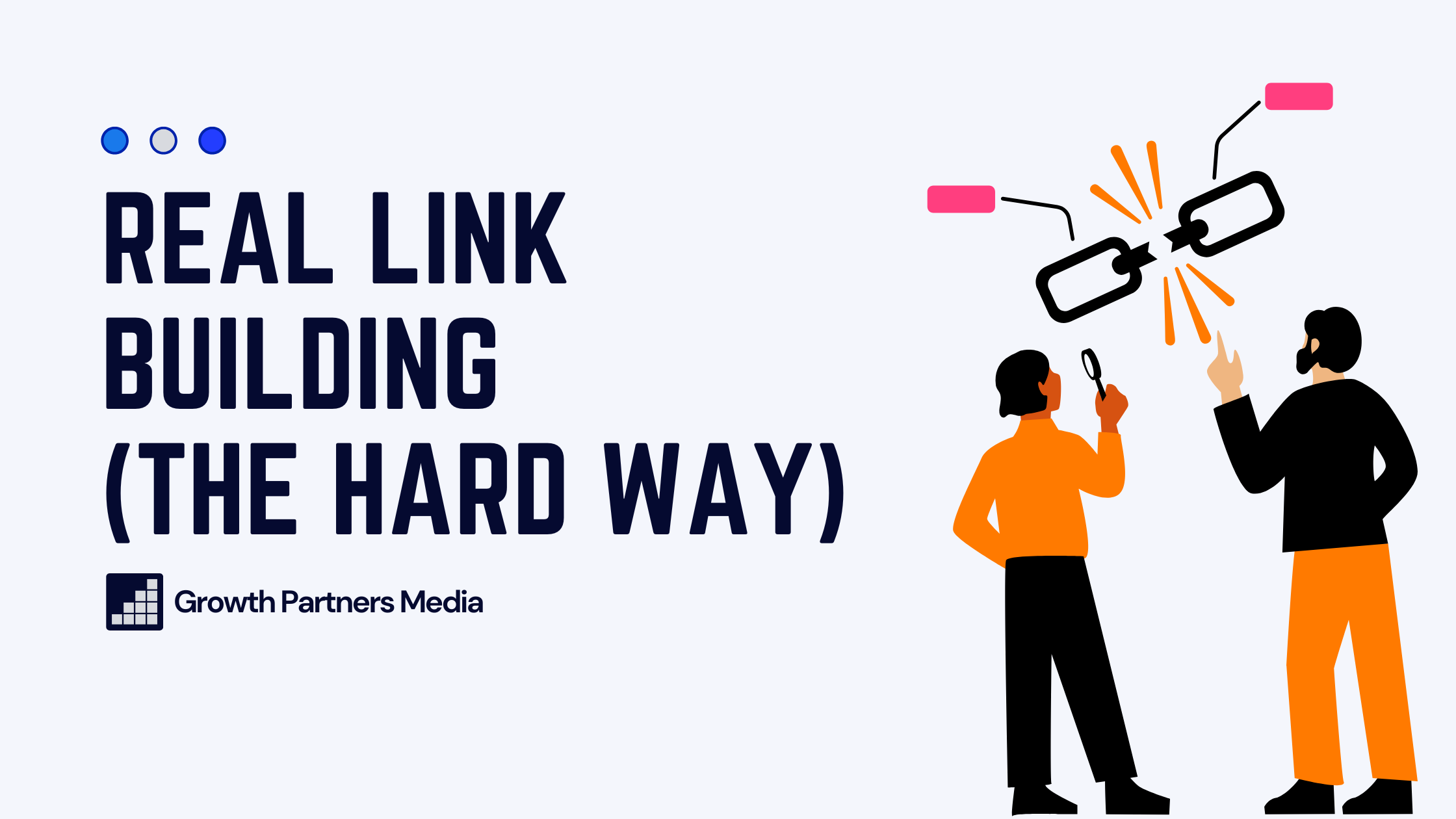
If most agencies are pushing quantity over quality, what does a high-integrity link-building process actually look like?
For starters, it’s slower, harder and doesn’t scale easily.
But it works because it’s built on relevance, relationships, and actual editorial value. This is what separates real link building from reseller churn.
1. Manual outreach powered by research and personalization
Real campaigns don’t rely on mass-blasted templates or financial transactions. Instead, they begin with research:
Understanding the publication, the audience, the content themes, and the editor’s preferences.
Outreach is manual, thoughtful, and human. And when done right, you might get responses like this:
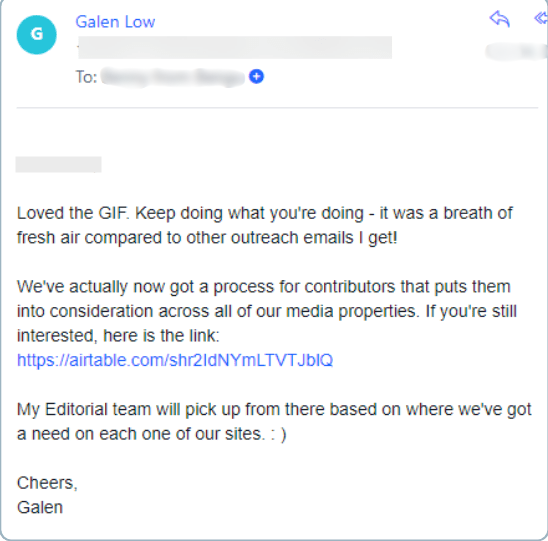
Wanna see more responses? Check out our outreach wall.
When we pitch a website, we run a content gap on their site and find relevant topics they haven’t covered that are also relevant to our client(s). This way, we can provide true value to the website while topically covering an area that makes sense to link out from for client campaigns.
2. Placements on high-quality sites with real traffic and editorial standards
Quality link building targets publications that people actually read. These days, our process is almost identical to Digital PR. And more often than not, you’re getting the same type of links (brand mentions for seo) without the hefty price tag.
These sites have real traffic, editorial oversight, and brand reputation to protect. They aren’t part of a link farm or recycled from expired domains. They publish content because it’s part of their content marketing strategy, not because someone paid them to.
When links are placed in these environments, they carry weight, both in the eyes of Google and large language models like ChatGPT, Perplexity and Claude.
3. Relationships built over time, not transactions
Editorial link building is a relationship business. These relationships with stakeholders across the digital marketing world take time to build.
It’s not about buying space. It’s about building rapport with site owners, editors, and publishers, often over months or even years. These relationships foster trust, open doors, and facilitate more natural, integrated placements on jaw-dropping websites.
In other words, they’re a gateway to awesome backlinks money can’t buy.
At GPM, we built something called the Direct Partnership System. Allowing us to collaborate seamlessly on backlinks with hundreds of brands at any given time. This means we often score links for clients that their competitors could only dream about.
4. A focus on impact, not volume
More isn’t always better in life. And this applies to backlinks as well. Less is often more.
One strong, relevant backlink can outperform dozens of weak, irrelevant ones.
The best link-building strategies don’t fixate on quantity. They focus on why a link matters — its context, authority, and how it connects to the broader content strategy.
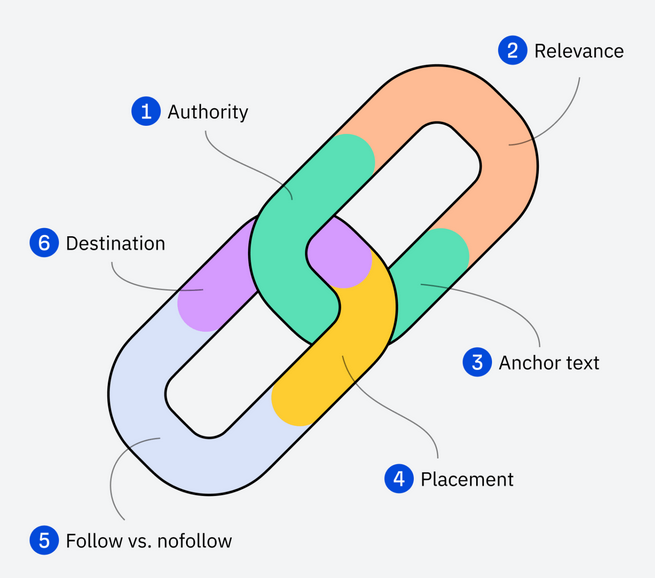
Source: Ahrefs
Chasing volume often leads to cheap shortcuts.
Chasing impact often leads to sustainable growth.
5. Contextual integration that earns trust
A backlink isn’t just a backlink.
It’s a signal to search engines and LLMs alike.
These systems analyze anchor text, surrounding context, and whether the link naturally belongs on the page.
And so do real people.
That’s why links shoved into off-topic articles, dumped into footers, or forced into paragraphs with robotic anchor text are problematic.
Context is what turns a backlink into a vote of confidence. Today, search engines and LLMs understand the web semantically — through entities, not just keywords. They look at how concepts are interrelated to understand the deeper meaning and relevance of written content.
This means the content surrounding your backlinks needs to tick all the right boxes. Page-level relevance has never been more important.
The trouble is, most backlink agencies don’t care about context.
They’ll drop your link into whatever content they can get their hands on — even if it’s a 600-word fluff piece about “digital transformation” on a site that publishes 50 junk posts a day.
Why? Because it’s easy. Because they can check the box and move on.
But search engines are getting better at spotting this. So are LLMs. And as semantic understanding deepens, relevance is now foundational.
Contextual integration means your link sits on a page that’s thematically aligned, written for humans, and signals genuine topical relevance.
This is what earns trust. It’s what separates a real backlink strategy from cheap placement services pretending to be one.
How Growth Partners Media Does It

Most backlink agencies still treat it like a numbers game.
Pull a list. Blast a pitch. Pay to play. Repeat.
At Growth Partners Media, we approach it differently because we’ve seen what happens when you don’t. Shortcuts rot your domain from the inside out.
Here’s what we do instead:
We start by qualifying every domain like it’s going to link to us, not our clients. That means looking at traffic trends, outbound link velocity, editorial consistency, and whether the site actually has a pulse (you’d be surprised how many are undead).
No thin content farms. No AI-slop blogs publishing 20 guest posts a day. No irrelevant sites pretending to be “general business” platforms.
When we find something solid, we earn our placement through strategic outreach, co-creating content with the publisher, or developing new angles that fit their editorial voice.
Every link we land is hand-built, reviewed, and added to a live tracking system with full context.
It’s deliberate. Process-driven. And designed to hold up as search evolves into the future.
User-Generated Content Backlinks: The Hidden Edge in Modern SEO
There’s a quiet shift happening in how online authority is established, and most backlink agencies haven’t caught up.
Today, it’s not just Google evaluating your brand.
It’s platforms like ChatGPT, Claude, Perplexity and other AI systems scanning Reddit threads, Quora answers, and niche communities to understand who you are, what people say about you, and whether you should be recommended at all.
These platforms rely heavily on user-generated content (UGC) to assess credibility:
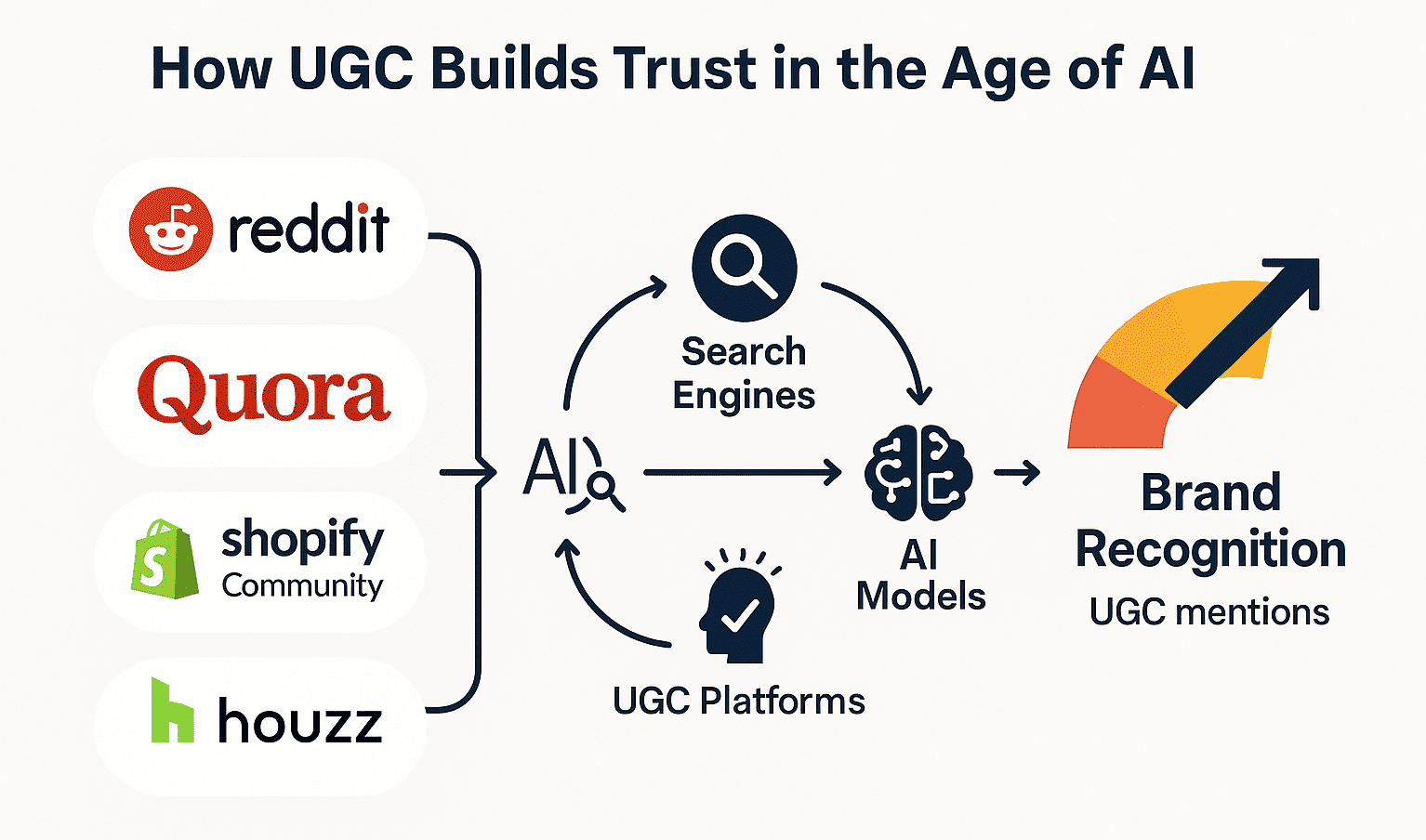
Why? Because that’s where real conversations happen. It’s where people compare tools, share reviews, troubleshoot problems, and signal trust in the wild.
But here’s the problem:
Almost no agencies include UGC in their link-building strategies.
They stick to blogs, publications, and directories. Ignoring the platforms that increasingly influence discovery, recommendations, and reputation.
That’s why we built Herd Links (our forum backlink and mention service).
Herd Links is our UGC-powered link acquisition system, designed to earn organic brand mentions and backlinks across the most trusted community platforms online.
Reddit, Quora, Shopify Community, The Motley Fool, Houzz, and more.
We participate in genuine conversations carefully, intentionally, and with a long-term view.
Unlike low-cost providers who spin up disposable accounts and spam links with no context, we take a curated approach. Our team creates and manages real, long-term avatars that contribute value across relevant communities over literal years .
These accounts aren’t churn-and-burn. They’re built to last, and to earn trust over time. Because whether it’s a user, a moderator, or an AI model scanning the thread…
Context and credibility both matter.
It took us 18 months to build and refine the system for Herd Links.
When paired with our editorial placements, these links help build a brand presence that is genuinely trusted online.
Not just optimized for search engines but AI systems too.
How to Spot a Shortcut Agency
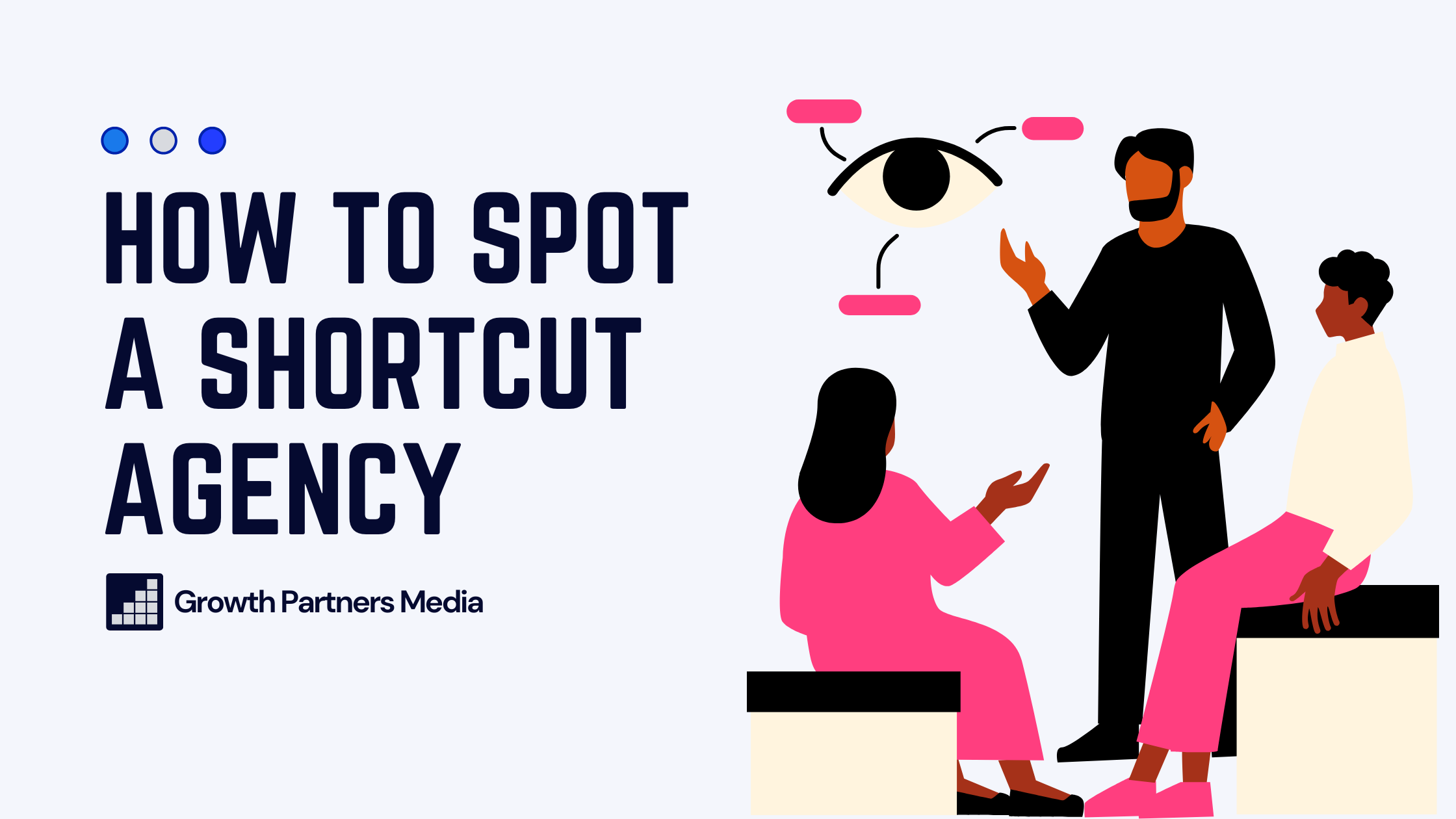
Most agencies don’t advertise that they’re cutting corners.
But the signs are always there if you know what to look for.
Here’s how to separate the professionals from the placeholders:
1. They rely on “site lists”
If you’re handed a menu of domains to choose from, you’re not getting editorial placements. You’re buying shelf space on websites that rent out links to anyone with a budget. Real outreach doesn’t come with a dropdown menu.
2. They promise links on demand
Legitimate placements take time. If an agency guarantees specific DR links every week without knowing your niche, audience, or goals, what they’re offering isn’t link building. It’s inventory management.
3. They can’t explain their process
If you ask how links are earned and get a vague answer, there’s no process worth explaining.. Transparency isn’t optional; it’s a baseline. The best teams can walk you through their qualification criteria, outreach process, and integration strategy without missing a beat.
4. Their placements don’t drive traffic
Not every backlink will bring referral traffic — and that’s okay. But if your links are landing on lifeless websites, buried in articles no one reads, they’re not doing much for your visibility either. The most valuable placements live on real pages, with real purpose, on sites that actually attract an audience (IE legit businesses, not content farm sites).
5. They prioritize volume over strategy
Link building isn’t about hitting quotas. It’s about compounding value — the kind that supports your broader SEO goals. If all your links look the same, they’re probably working the same: not at all.
You don’t need a vendor. You need a team that treats your link profile like a long-term asset — not a monthly checkbox.
Why Quality Matters More Than Ever (Especially with AI in the Mix)
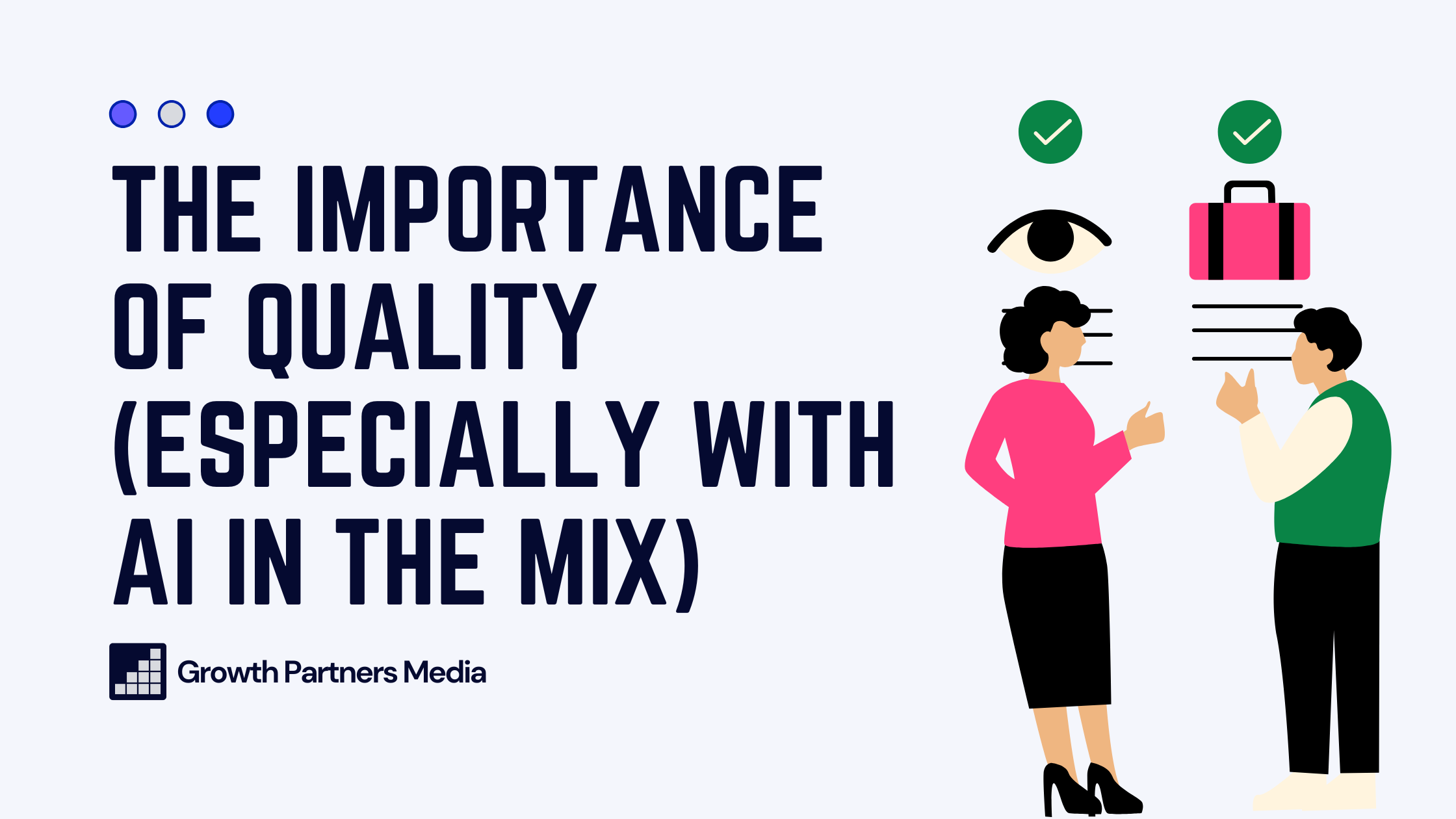
The way people discover information is changing, fast.
Search engines still matter. But they’re no longer the only interpreters of your brand.
AI assistants, chat interfaces, and generative search experiences are now part of the mix.
And unlike traditional ranking systems that rely mostly on keywords and backlinks, these models look at patterns of trust across the entire web.
That means:
- Where your brand shows up
- How it’s talked about
- Whether it’s cited on respected platforms
- And how well your content aligns with user intent
All of this contributes to how your brand is interpreted, not just by Google, but by the AI systems increasingly guiding discovery.
This is where link quality becomes non-negotiable.
Low-grade links on spammy sites? Ignored.
Contextual links from trusted domains? These act as signals that reinforce credibility across human and machine audiences alike.
This isn’t just about rankings anymore.
It’s about recognizability. Retrievability. Recommendation-readiness!
Quality links are part of the connective tissue that helps AI understand who you are, what you do, and whether you’re worth mentioning at all.
That’s why you simply cannot cut corners when it comes to your inbound marketing.
The Shortcut Era Is Ending, Don’t Get Left Behind
For years, the backlink industry got away with it.
Pre-sold lists. Inflated metrics. Links that looked good in a report but did nothing in search.
That era is closing fast.
- Search engines are getting sharper.
- AI systems are shaping visibility in ways most agencies don’t even understand.
- Brands that rely on shortcuts are quietly slipping down the rankings.
The winners?
- They’re investing in quality.
- Links that live on pages with real traffic.
- Content that earns its place.
- Mentions in communities where trust still matters.
At Growth Partners Media, we’ve never been in this for quick wins.
We’re here for the compound effect… earned authority, long-term rankings, and a backlink profile built to survive whatever comes next.
If you’re done chasing the easy path and ready to build something that lasts, let’s talk.
- How to Outsource Backlink Building Without Stress [2025] - October 7, 2025
- Top 3 SEO Outreach Services That Actually Work [2025] - October 7, 2025
- 9 White-Hat Link Building Techniques For AI & Google (2025) - September 23, 2025

